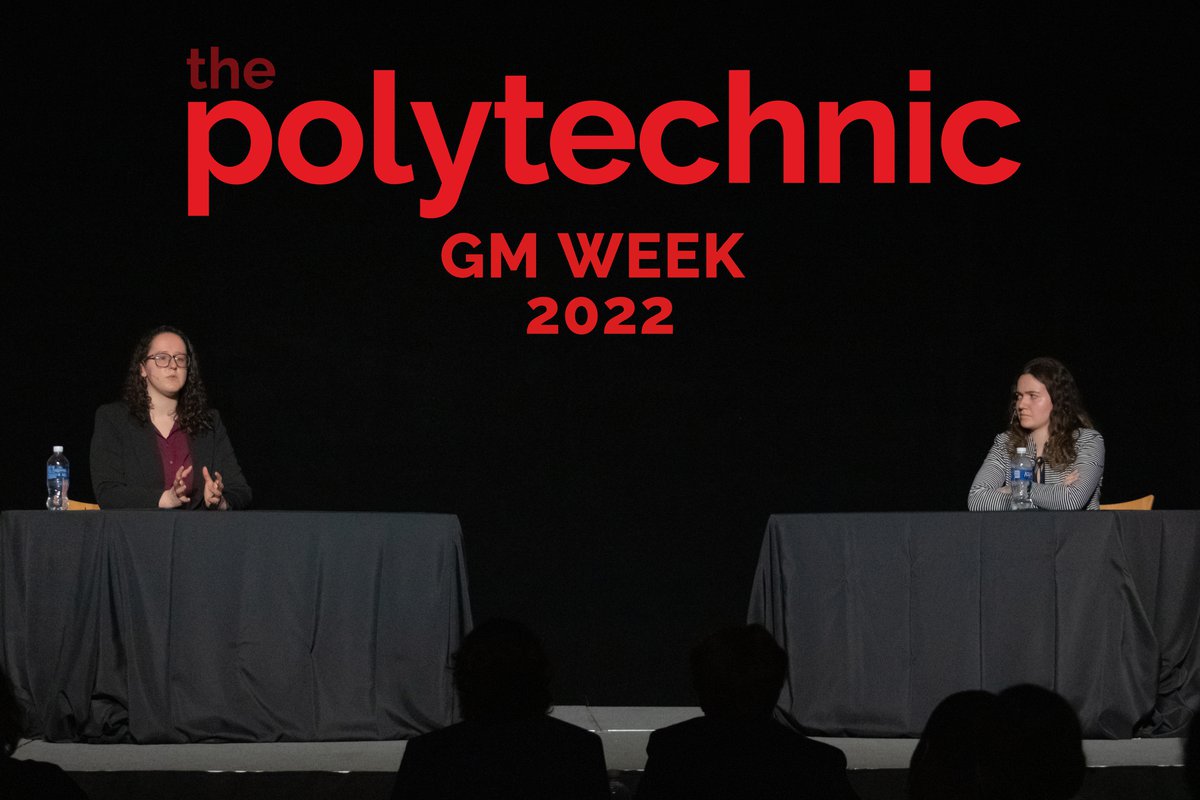Fake meat is real meat
You’re eating a cheeseburger. It’s made out of real beef with real cow proteins, but it didn’t come from a cow. No, this is not a clever mind trick: the patty was shaped from something called cultured meat.
Cultured meat, also known as “clean meat,” are proteins grown in settings that mimic the natural environment inside an animal. Instead of raising live chickens or pigs, one could isolate the nutritionally valuable part—their meat—and harvest it without slaughter. Although this sounds grotesque and maybe a little dystopian, I think cultured meat is the meat of the future.
The benefits of not-killed meat are pretty clear. First, it satisfies the ethics of not eating anything harvested from sentient animals. Cultured meat could also be an alternative source of protein for some vegetarians, depending on their moral codes.
Second, cultured meat facilities are designed more like high-tech factories rather than flat, expansive farms. Animals take up a lot of space, cage or no cage, and they emit greenhouse gasses as well. Unless we figure out a way to genetically engineer cows to stop producing methane, cultured meat has the potential to reduce the meat industry's environmental impact through efficient land use and reducing carbon emissions.
A more nuanced benefit would be the reduction of antibiotics. Live animals are pumped with antibiotics and hormones to maximize their survivability and nutritional efficiency. Unfortunately, these substances trickle down to us: the consumers. According to a report by the United Nations, antibiotic-resistant bacteria could cause “10 million deaths each year by 2050” and “force up to 24 million people into extreme poverty” by 2030. Since cultured meat is grown in a controlled environment, there is little need for antibiotics or growth hormones.
I admit the process behind cultured meat is kind of gross. If you haven’t noticed, we’re talking about growing cells in a giant tank and harvesting the differentiated flesh. Personally, I’ve always been an adventurous eater; I’d eat a cultured chicken nugget without hesitation. But for the more squeamish types, I understand if you’re repulsed by a literal chicken-in-a-can.
Still, it’s hard to ignore the benefits of lab-grown meat. Currently, the cultured meat industry is booming: we’ve gotten far enough to 3D print a cultured ribeye and even fish. So why don’t we have cultured meats available in our grocery stores?
Right now, the most urgent problem is production. Growing meat outside of an animal’s body involves sophisticated technology, and we all know cutting-edge science comes with a cost. Back in 2017, a pound of cultured chicken from Memphis Meats, now known as Upside Foods, cost $9,000. In 2019, Israeli-based Aleph Farms priced their beef patties around $100 per pound.
But in late 2021, Future Meat Technologies—also an Israeli company—claimed to have reduced production costs to $7.70 per pound, or about $1.70 per chicken breast. For comparison, natural chicken breasts range from $3 to $5 per pound in New York. Even further, the company is planning on building a production site in the United States by the end of 2022, whether Future Meat keeps their end of the deal is up to the future to decide.
As of now, cultured meat isn’t commercially available besides in high-end restaurants. But besides economics, there are also ethical problems when it comes to culturing meat. In order to cultivate proteins, factories need to simulate a natural biological process using something called a growth factor, which is a substance that facilitates cell growth. Considering that the most practical growth factor is blood drawn from cow fetuses, otherwise known as fetal bovine serum, we must research alternative methods to grow meat without the use of animal byproducts.
Lastly, there’s the human element. It’s well known that the relationship between humans and food varies from country to country. In places like Thailand, crickets are common sources of protein and flour. In others, like the United States and most of Europe, insects are flying pests that belong outside instead of in. Point being, if cultured meat needs to stay viable, we need to convince the average consumer to eat it.
Although cultured meat is still in its infancy, recent leaps in development and production cost suggest it could compete with natural meat by the early 2030s. If we’re able to culture efficient proteins without the ecological impact of animal megafarms, we would be introducing a clean, nutritious food source using minimal land. Would I eat chicken grown in a vat? Assuming it tastes and costs the same as regular chicken, my answer would be: hell yes.

 GM Week 2022
GM Week 2022